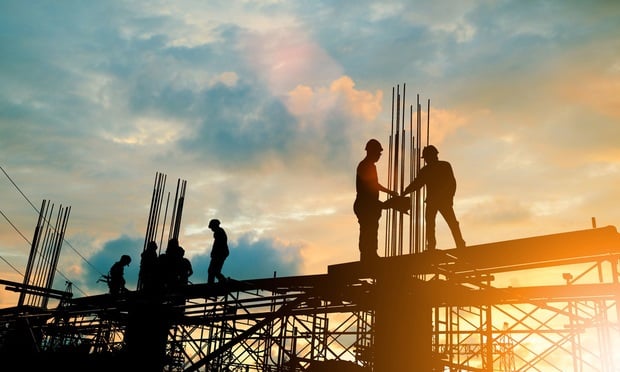As companies intensify efforts to bring employees back to the office, the competition to create workspaces that lure talent away from hybrid and remote models has never been fiercer. According to a recent JLL report, this renewed focus is transforming how organizations design, build and invest in their office environments—setting the stage for a new era in workplace strategy.
Their report highlighted three main findings.
First, uncertainty is shaping the market. Shifts in trade policy, immigration and federal spending are creating short-term disruptions across industries, forcing companies to balance immediate responses with long-term needs as they compete for space. Both builders and occupiers are struggling to strike this balance.
Second, organizations are increasingly seeking high-quality, sustainable spaces that promote productivity, collaboration and employee well-being, reflecting a growing emphasis on achieving a work-life balance. Corporate sustainability has become crucial, driven by local and state regulations as well as investor demands for carbon reduction.
Third, companies are preparing for the future by adopting design strategies that accommodate evolving workplace needs. Modular and adaptable solutions, along with technologies that monitor space utilization, are helping both companies and building owners anticipate and respond to changing trends.
The cost of fitting out offices varies widely across regions. In the West and South Central states—Texas, Oklahoma, Arkansas, and Louisiana—the average is $240.47 per square foot, while the East South Central region, including Mississippi, Louisiana, Tennessee, and Kentucky, averages $243.30. The South Atlantic states, such as Florida, Georgia, and the Carolinas, come in at $251.53 per square foot. West North Central states like Kansas and Minnesota average $252.73, and the Mountain region, including Colorado and Utah, is $256.89 per square foot. East North Central states, such as Illinois and Ohio, see costs of $262.40, while New England averages $272.48. The Mid-Atlantic region, including New York and New Jersey, is $280.62, and the Pacific states—Washington, Oregon, and California—are at $290.43, the same as Alaska and Hawaii.
Looking at specific metropolitan areas, fit-out costs relative to the national average (indexed to 100) are highest in New York City (119), followed by San Francisco (117), Boston (114), Chicago (108), Los Angeles (107), San Diego and Seattle (both 106), Philadelphia (104), Minneapolis (102) and Denver (97).
When breaking down the typical fit-out costs, builders’ works account for 38% of the total, with mechanical and electrical services at 29%, furniture, fixtures, and equipment at 16%, security, IT, and AV works at 10% and professional services making up the remaining 7%.
However, as the year unfolds, many specifics will depend on ongoing trade tensions and policy changes. Overall costs could shift rapidly this year due to continued uncertainty. To navigate these challenges, companies and property owners will need to rely on adaptive planning, focus on the enduring demand for quality and embrace long-term drivers and trends that add value.
© Touchpoint Markets, All Rights Reserved. Request academic re-use from www.copyright.com. All other uses, submit a request to asset-and-logo-licensing@alm.com. For more inforrmation visit Asset & Logo Licensing.



